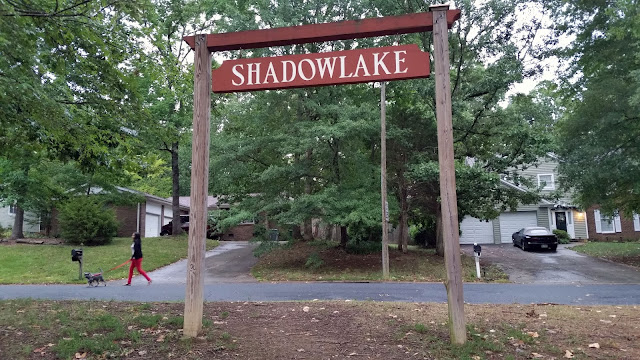studded with fuzzy
ripe fruit the pliant peach limbs
arch down to hands' reach
With no late frost and a lot of rain, our old peach tree outdid herself this year. Every branch bears dozens of blushing golden globes covered with baby-soft fuzz. Many of them have fallen to the ground, where deer, squirrels and raccoons have been feasting on the sweet fruits. Some of the peaches still on the tree show signs of bird pecking or bug boring. Of course, we do not spray our trees with toxic pesticides, so we accept a certain amount of loss. But there are plenty left whole.
The branches are so heavily laden that they hang down over the protective wire cage, low enough that we don't have to use a ladder to harvest the entire crop. More than a few of the warm juicy peaches go into our mouths while we collect and place them in wicker laundry baskets.
We gather four baskets full, probably the equivalent of four bushels. Because a lot of them are already quite soft and ripe, I spend several days slicing and putting them into plastic quart bags for the freezer. Well, the freezer on top of our Sunfrost refrigerator is already packed almost full with frozen aronia berries. So I start giving away dozens of peaches to family and friends. Someone asks, "How many peach trees do you have?" I hold up one finger.
And there's still a superabundance. My son suggests we buy a separate freezer. What a good idea! I find one at Best Buy, an 8.5 cubic foot upright Danby that will just fit between our washer and dryer. It's on sale and they'll deliver it for free. What a deal. Now I've filled all of the bins in the bottom of the refrigerator with peaches, hoping they'll keep until the new freezer arrives. We'll certainly have plenty for the rest of the year, and maybe even the year after. What a joy to grow your fruit and eat it too, though really, the credit for this bounty goes entirely to Mother Nature.


















